All Resources

Creative Loafing
Creative Loafing is an alternative newspaper covering arts, entertainment, music, news, and politics in metro Atlanta. The paper was founded in 1972 by Deborah and...
Read More

Bridging Communities: 50 Years of Collecting at Georgia State University
Founded in 1913, Georgia State University grew as it supported the educational needs of Atlanta and the state of Georgia. Originally an evening program intended...
Read More
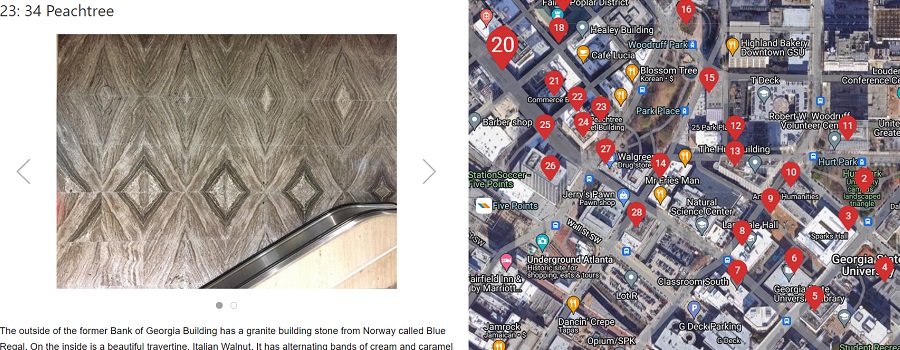
Atlanta Geology Walking Tour
Granite, limestone, and marble building stones are found in a 20-block area that is centered around the beginning of Peachtree Street. These three commercial types...
Read More
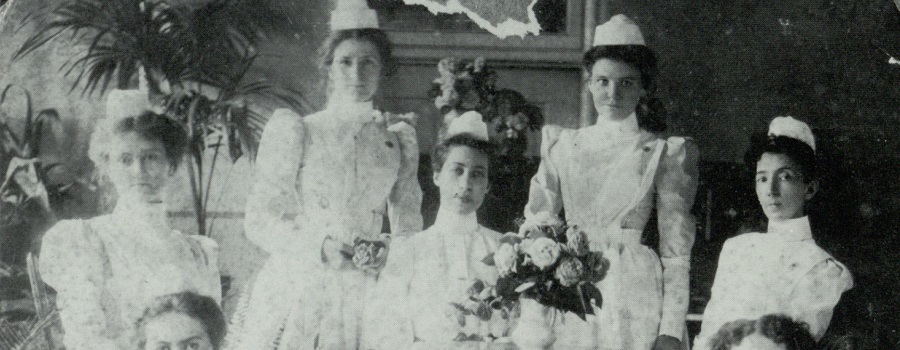
The Art of Nursing & Caring for the Sick and Afflicted: The Grady School of Nursing Legacy
In commemoration of the 120th anniversary of the founding of the Grady Memorial Hospital School of Nursing. The Grady Memorial Hospital School of Nursing, chartered...
Read More

Research Atlanta, Inc. Reports
Formed in 1971, Research Atlanta was a non-profit organization established to study public policy issues affecting the Atlanta metropolitan area. Research Atlanta served as Atlanta’s...
Read More
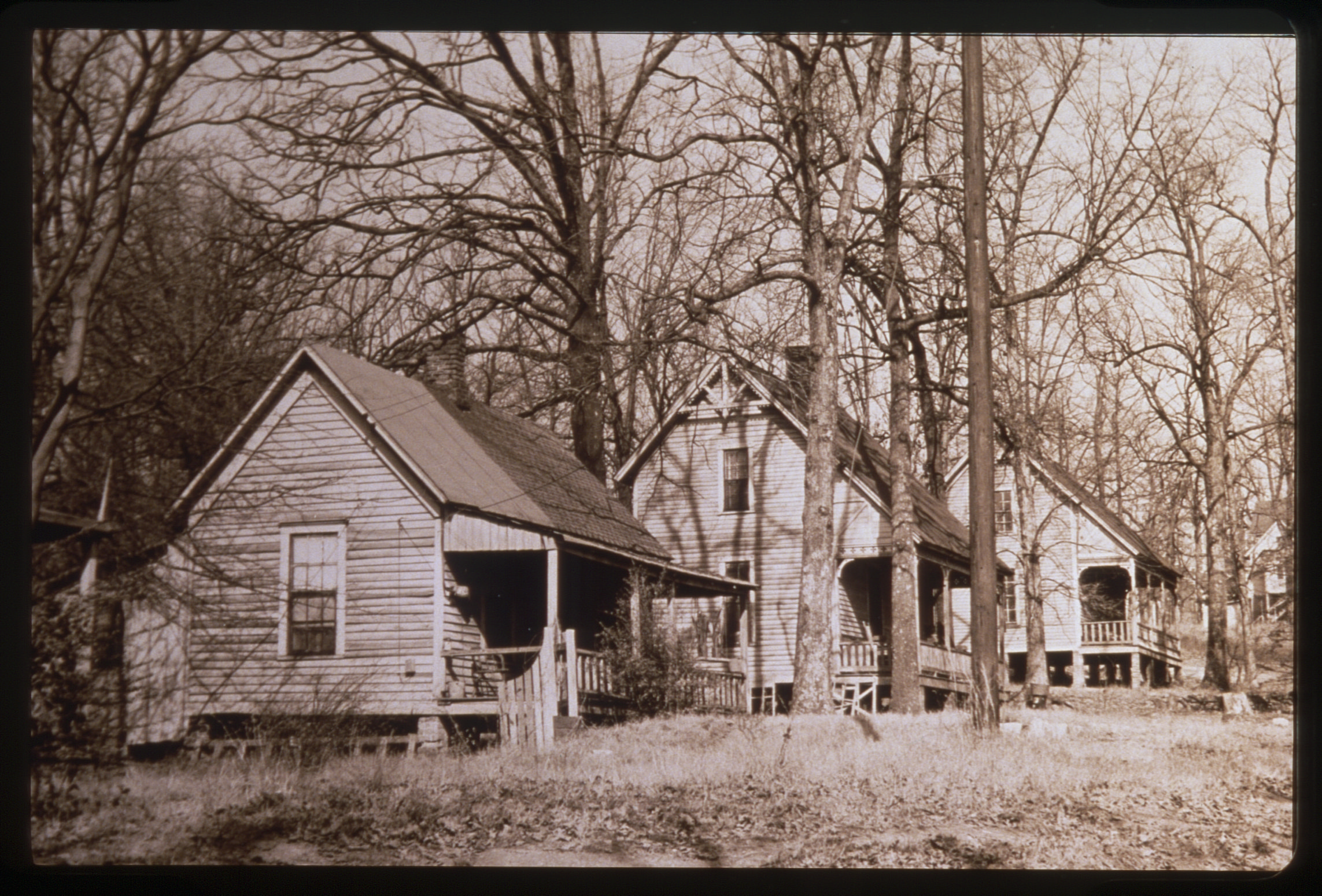
Black Neighborhoods and the Creation of Black Atlanta
Black Neighborhoods and the Creation of Black Atlanta explores the history of Black neighborhoods in Atlanta. It provides an overview of several of these neighborhoods: Summerhill,...
Read More

Underground Atlanta Historic District Nomination
National Register of Historic Places Inventory nomination form submitted in 1980. Originally, the two-and-a-half-block area of the Underground district was a part of the larger...
Read More
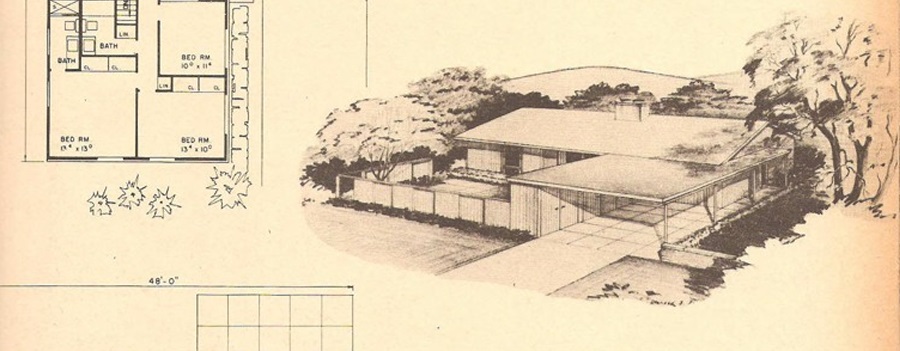
Single-Family Residential Development in DeKalb County, 1945-1970
Focused on suburban residential developments in DeKalb County, Georgia between the end of World War II and 1970 in order to better understand the transformation...
Read More
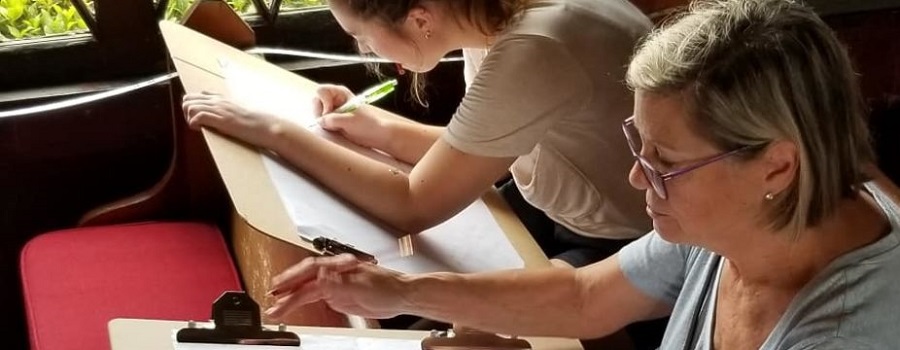
Heritage Preservation Projects, 1991-Present
The Digital Archive of the Heritage Preservation Program (HPP) available in ScholarWorks @ Georgia State University is a compendium of student projects produced under the...
Read More

Georgia Government Documentation Project
The Georgia Government Documentation Project (GGDP) documents the state’s political heritage through oral history interviews and collections of associated papers. The GGDP collection includes more...
Read More
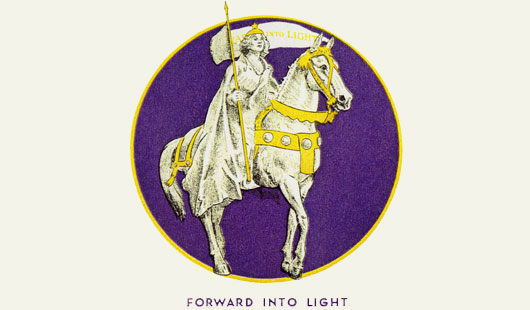
Lucy Hargrett Draper Collection
The Lucy Hargrett Draper Collections on Women’s Rights, Advocacy and the Law document state and national efforts to achieve equality for women. They include the...
Read More

Kell Hall: Capturing the Legacy (GSU Campus Access Only)
Originally built in 1925 as one of the first parking garages in the city, the Ivy Street Garage was renovated and opened to students in...
Read More
 Georgia State University Library
Georgia State University Library